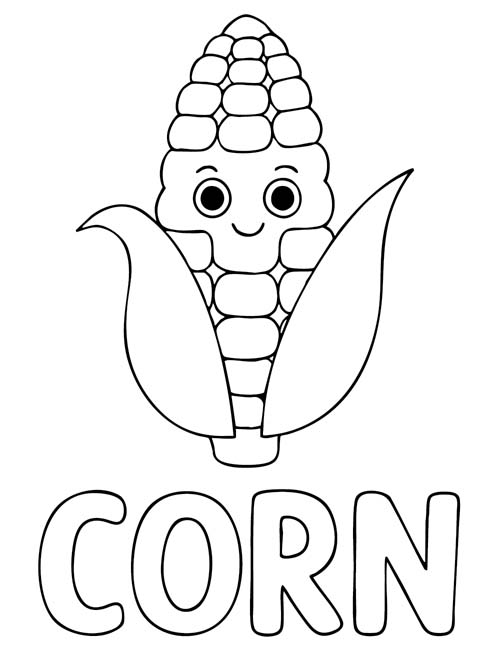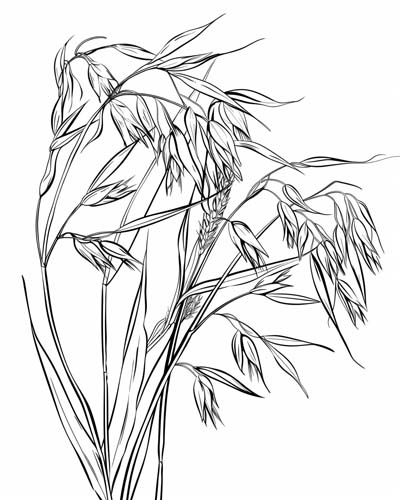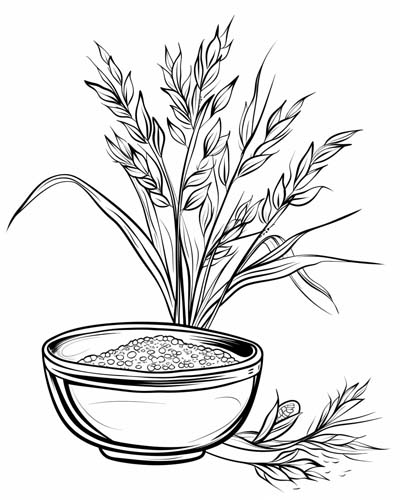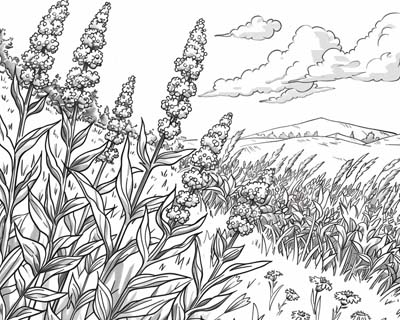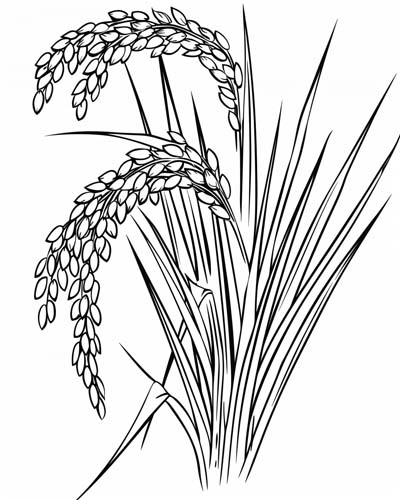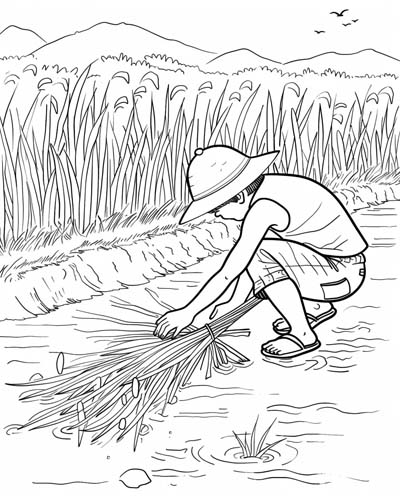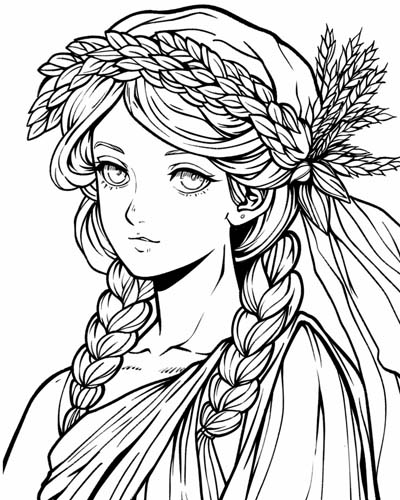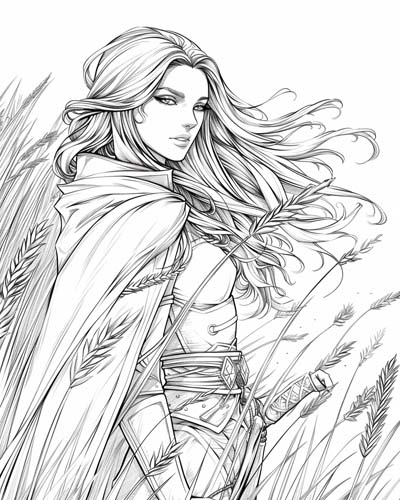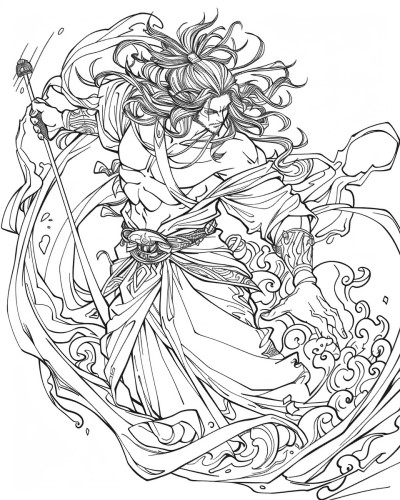Coloring Pages for Kids
Grains Coloring Pages
Welcome to our Grains coloring pages section.
Grains are the tiny treasures of the fields -- the seeds of grasses, and they are a major food source for humans and animals! Picture wide open spaces filled with tall stalks of wheat, rows of tufty barley, and patches of sun-kissed corn--all swaying gently in the breeze. These are the plants that give us our bread, cereal, and so much more. Each type of grain has its own special shape and size, from the small, round rice grains to the long, elegant oats. As you color these pages, discover the amazing variety of grains that grow around the world, and imagine the wind whispering through the fields, turning them into waves of gold, green, and amber.
Corn is a staple grain that originated in the Americas, where it was first cultivated thousands of years ago. Over time, it spread across the world, becoming a key food source in many cultures. With its tall stalks, plump ears, and golden kernels, corn is both a vital crop and a symbol of harvest and abundance.
Demeter and Persephone (Greek Mythology) - Demeter, the goddess of agriculture and grain, is central to one of the most famous Greek myths. The story explains the seasons through her daughter Persephone’s abduction by Hades, the god of the underworld. During the months when Persephone lives with Hades, Demeter grieves and neglects the earth, leading to winter. Her joy upon Persephone's return each spring causes the earth to bloom again.
Ceres (Roman Mythology) - Ceres, from whom we get the word "cereal," was the Roman goddess of agriculture, grains, and the love a mother bears for her child. Like Demeter, her myths involve themes of fertility and the life cycle of crops, most notably the tale of her sorrow and joy reflecting the growing seasons.
Sif's Golden Hair (Norse Mythology) - In Norse mythology, Sif is the wife of Thor, whose long golden hair is said to represent the golden fields of wheat. In one story, Loki the trickster cuts off her beautiful hair, but is then forced to replace it with hair made of gold, which brings fertility and harvest.
Chiyou (Chinese Mythology) - Chiyou, a god of war in Chinese mythology, is also linked to agriculture. He is credited in myths with the invention of tools necessary for agriculture, including the plow.

Osiris coloring pages
pharoah/god
Osiris (Egyptian Mythology) - Osiris, one of Egypt’s most important deities, is associated with the afterlife and resurrection, but also with agriculture. He taught the Egyptians how to grow wheat and barley, according to mythology, which made him a symbol of rebirth and renewal.
Centeotl (Aztec Mythology) - The god of maize, Centeotl, is central to the Aztec agricultural society. He is depicted with corn and other agricultural symbols, signifying his importance in ensuring the growth and harvest of maize, a staple crop in the Aztec diet. Centeotl's blessings are essential for nourishment, prosperity, and survival. His presence in festivals and rituals highlights the deep connection between the Aztecs and their reliance on agriculture. The god's myth includes his birth from the earth, emphasizing the bond between the soil and the essential sustenance it provides.


